#ingrid bergman history
Explore tagged Tumblr posts
Text
Butch and Femme but classic ✨










#I’m in love with all of them equally#That’s a lie I’d die for Marilyn#And Katharine Hepburn has always held a special place in my heart#Along with Marlene#But I still absolutely adore the others with my whole heart#Esp Audrey she was amazing in every way#old hollywod glamour#old hollywood#butch#femme#Katharine Hepburn#marilyn monroe#ingrid bergman#rita hayworth#anna may wong#veronica lake#marlene dietrich#hedy lamarr#lizabeth scott#audrey hepburn#history#bisexual#lesbian#wlw#sapphic
164 notes
·
View notes
Text

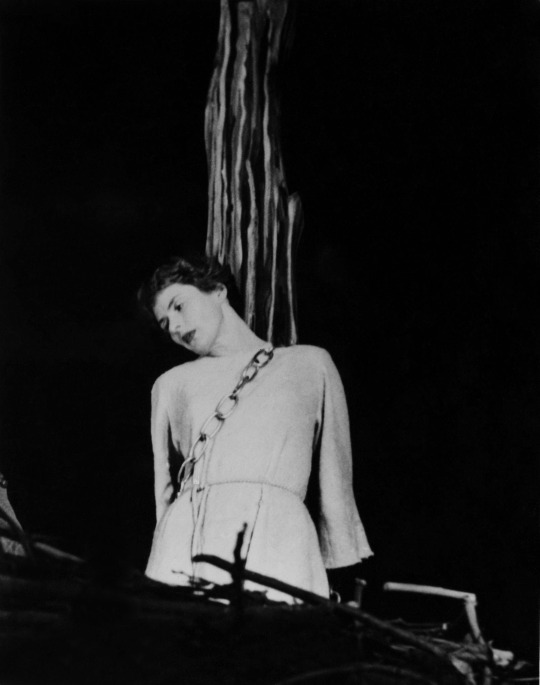
Ingrid Bergman as Joan of Arc, 1953
#ingrid bergman#old hollywood#1950s#1940s#50s#40s#golden era#golden age#joan of arc#old movies#play#screenplay#history#historical
636 notes
·
View notes
Text



Ingrid Bergman and Gregory Peck in Spellbound (1945) dir. Alfred Hitchcock
#gregory peck#ingrid bergman#alfred hitchcock#history#history lovers#interesting#thewizardsummer#vintage#film history#film#1945#1940s#spellbound 1945#old hollywood#photography#old romance#romance#spellbound#cinema#salvador dali#black and white
29 notes
·
View notes
Text

New York 1948-1949 ph. Kerstin Bernhard
#new york#ingrid bergman#joan of arc#jeanne d'arc#kerstin bernhard#film history#40's#photography#advertising#*
81 notes
·
View notes
Text
Episode 40: Casablanca
It's Fridaaay. This week, we discuss the 1942 Hollywood classic, Casablanca! Neither of us had seen it before, remarkably, but it's safe to say we both had a good time watching.
Listen to the episode here (or wherever you get your podcasts)
Visit our website because you can (added a really cool trailer for the movie that WB made!)
Rate us 5 stars and follow us on Spotify; we'd love you!
7 notes
·
View notes
Text
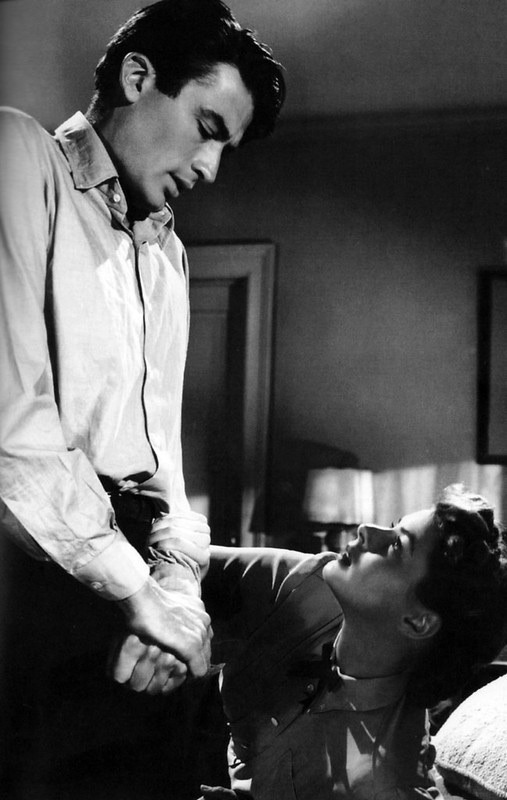
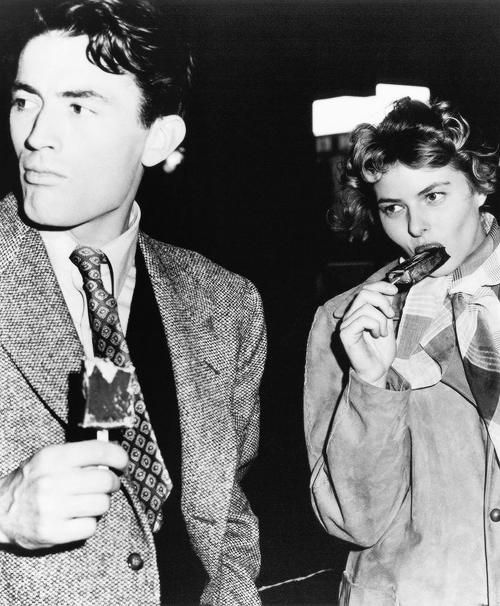
Ingrid Bergman and Gregory Peck in Spellbound, 1945 🎬
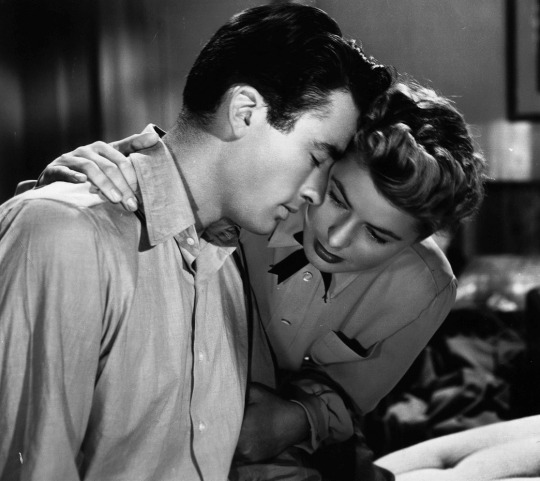


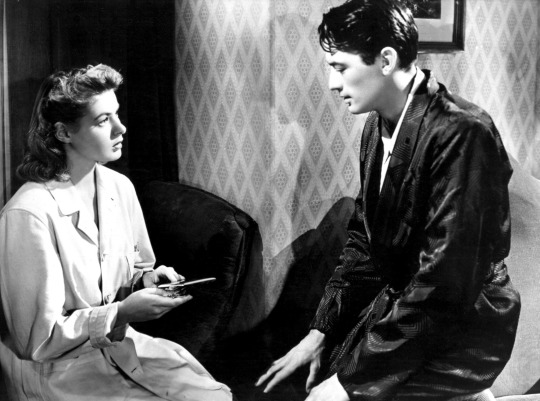
#retro#ingrid bergman#retro style#gregory peck#old hollywood#retro movies#history#comics#50s#60s#hot as hell#old movies#40s#1945#movies
20 notes
·
View notes
Text

ingrid bergman in paris, 1957 via mubilat
6 notes
·
View notes
Text

#words#pics#wikipedia#movies#1940s movies#alfred hitchcock#Notorious#kiss#hays code#puritanism#censorship#film#film history#Cary Grant#Ingrid Bergman#old hollywood#black and white
7 notes
·
View notes
Text
On May 19, 1973, Cries and Whispers was screened at the Cannes Film Festival.


#cries and whispers#ingmar bergman#ingrid thulin#liv ullmann#period drama#swedish film#cannes film festival#movie art#art#drawing#movie history
3 notes
·
View notes
Text

"The Nun, Ingrid Bergman," by Andy Warhol, 1983
#andy warhol#ingrid bergman#the nun#pop art#pop artist#movie stars#old hollywood#glamour#queer artists#queer painter#queer icons#queer art history#modern art#art history#aesthetictumblr#warhol factory#american art#tumblraesthetic#tumblrpic#tumblrpictures#tumblr art#tumblrstyle#aesthetic#artists on tumblr#tumblrposts
9 notes
·
View notes
Text
Casablanca 1942
Ingrid Bergman and Humphrey bogart
#casablanca 1942#Casablanca#ingrid bergman#humphrey bogart#vintage aesthetic#vintage glamour#vintage movies#vintage hollywood#vintage#old hollywod glamour#oldhollywoodedit#old movies#old hollywood#old#hollywood#history#classic hollywood#classicfilmsource#classic cinema#classic movies#classic film#classic#glamoroussource#old glamour#glamour#golden age#golden era#1942s#1940s photography#1940s hollywood
17 notes
·
View notes
Text

2024- Ingrid Bergman.
0 notes
Text
Hitchcock's Blondes: The Unforgettable Women Behind the Legendary Director's Dark Obsession by Laurence Leamer #ARCReview #NetGalley #BookReview #HollywoodHistory
A new book travels familiar territory: #AlfredHitchcock obsession with blonde actresses. A closer look at #HitchcocksBlondes by #LaurenceLeamer #netgalley #arcreview #bookreview #gpputnam #moviehistory #gracekelly #ingridbergman #bargainsleuth
Alfred Hitchcock was fixated—not just on the dark, twisty stories that became his hallmark, but also by the blond actresses who starred in many of his iconic movies. The director of North by Northwest , Rear Window , and other classic films didn’t much care if they wore wigs, got their hair coloring out of a bottle, or were the rarest human specimen—a natural blonde—as long as they shone with a…
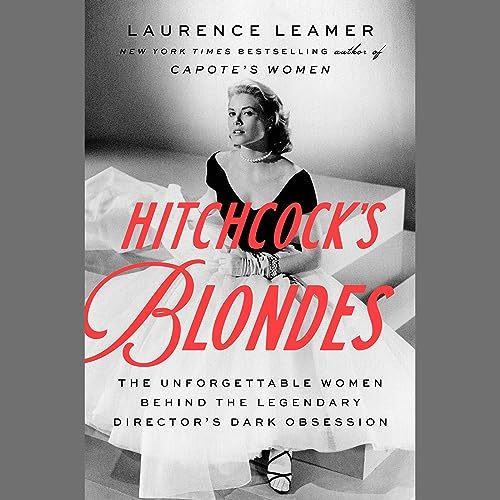
View On WordPress
#Alfred Hitchcock#ARC Review#Biography#Dial M For Murder#Eva Marie Saint#Grace Kelly#Hitchcock&039;s Blondes#Hollywood History#Ingrid Bergman#Janet LEigh#June Howard-Tripp#Kim Novak#Laurence Leamer#Madeleine Carroll#Marnie#Movie History#NetGalley#New Books#North by Northwest#Notorious#October 2023 Books#Princess Grace#Psycho#Rear Window#The Lodger#The Third Man#Tippi Hedren#To Catch a Thief#Vertigo
0 notes
Text
The Astrology of Muses: A Vedic Exploration 🎨🖌👫💏
This is going to be a loooong post so hang in there besties<3
Claire Nakti observed that Ketu being the root or tail of the dragon is the source of our creativity. So whatever we channel during the process of art making is reflective of our Ketu, its placement etc. While I agree with this observation, I'd also like to add that Venus is also very important in determining the creativity, creative nature and career of an individual, as well as who or what they seek inspiration from.
Obviously Sun-Moon relationships and other aspects with luminaries can also determine how we connect to and draw inspiration from others.
First of all, let's understand what a muse is.
A muse is defined as a person (often, a woman but not always) who serves as a source of artistic inspiration creativity, and passion for the artist.
In mythology, the Muses were nine goddesses who symbolized the arts and sciences.
There is a spiritual reason why women serve as the source of creativity for others. This is because of them being Yin, inwardly expansive and vessels that can be receptive to a variety of influences. Water is the most feminine element and the ability of water to take the shape of whatever's its poured into is very important in this context. Water is life giving but it can also be destructive and turbulent. All of these are very telling about feminine nature.
Anyways, let's look through some artist-muse relationships in history and pop culture.
F Scott Fitzgerald and Zelda Fitzgerald

Probably one of the most famous literary romances. Zelda was Scott's lover, wife and muse. They had a very tumultuous marriage; Zelda was diagnosed with schizophrenia and Scott was an alcoholic but they also enjoyed immense popularity and success early on in their marriage and career.
It is now known that Scott plagiarized much of his work from the diaries and letters of his wife, Zelda and was controlling & abusive towards her when she expressed interest in furthering her own literary career.
Both of them had Mars in Mrigashira as their atmakaraka
Scott had Ketu in Ashlesha & his muse, Zelda was Ashlesha Rising (and mercury which was her amatyakaraka)
2. Vita Sackville West and Virginia Woolf
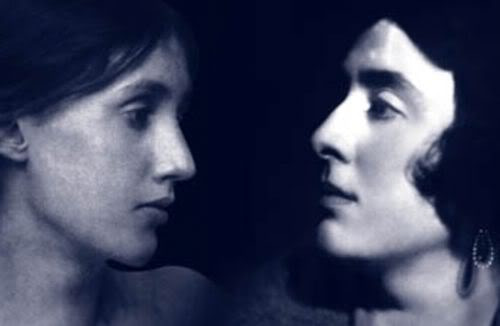
They were both married to different men when they began their affair with each other. They significantly influenced each other's work; Vita wrote Seducers In Ecuador dedicated to Virginia, while Virginia's Orlando was about Vita. The relationship lasted until Virginia's death in 1941.
Vita was Uttara Ashada Rising, whereas Virginia had Venus in Uttara Ashada
Vita had Venus in Aswini and Virginia was Aswini Moon
3. Ingrid Bergman & Roberto Rossellini
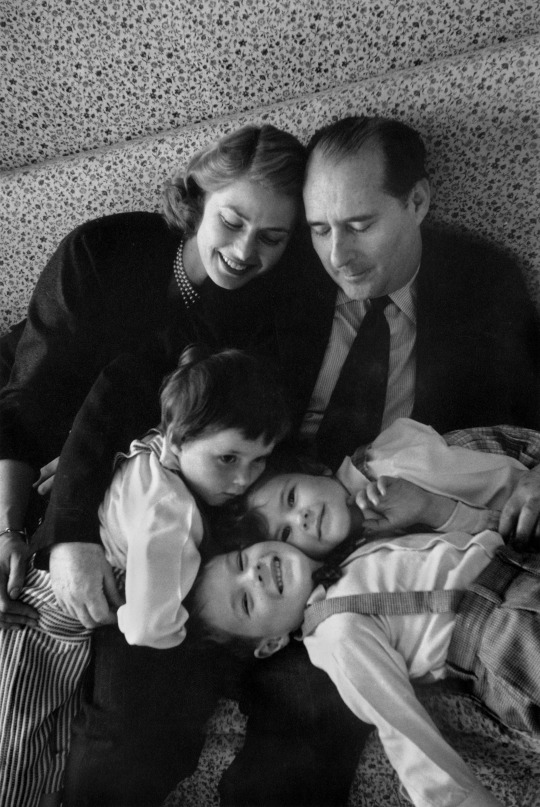
They began an affair when she was still married to her husband whilst filming the movie Stromboli. She got pregnant and they later got married.
While the movies Bergman made with Rossellini were commercial failures, the films have garnered great appreciation and attention for their contribution to Italian Neo-realism.
Bergman was Magha Sun, Venus & Rising, whereas Rossellini was Magha Rising
He had Rahu in Ashlesha and she had Ketu in Ashlesha
4. Lillian Gish & D.W Griffith

Lillian Gish is called "The First Lady of American Cinema"; she was a muse to the first influential filmmaker in Hollywood, D.W. Griffith. She appeared in his ground breaking movies The Birth of a Nation (1915), Intolerance (1916), Broken Blossoms (1919) and Way Down East (1920).
D.W Griffith was Ashlesha Moon with Mars in Vishaka atmakaraka and Ketu in Chitra
Lillian Gish had Chitra Sun, Venus & Saturn (amatyakaraka) in Vishaka and Ketu in Ashlesha
5. Norma Shearer & Irving Thalberg

Norma Shearer would be dubbed the First Lady of MGM for not only being the contracted actress with the most box-office appeal but also the wife of studio head Irving Thalberg.
Thalberg, was a film executive who was called the “boy wonder of Hollywood” who, as the production manager of MGM, was largely responsible for the studio’s prestigious reputation.
Shearer and Thalberg were married in 1927, after which Shearer had her pick of films, parts, costars, and directors, and she used this advantage to avoid being typecast. Thalberg largely directed her career until his death in 1936.
She played sexually liberated ingenues in the 1920s & 30s and is now considered a feminist icon.
She was Ashlesha Sun (atmakaraka), Venus & Mars in Ardra and Ketu in Rohini
He was Rohini Sun, Mars in Ashlesha (amatyakaraka) and Ketu in Ardra
5. Godard and Anna Karina
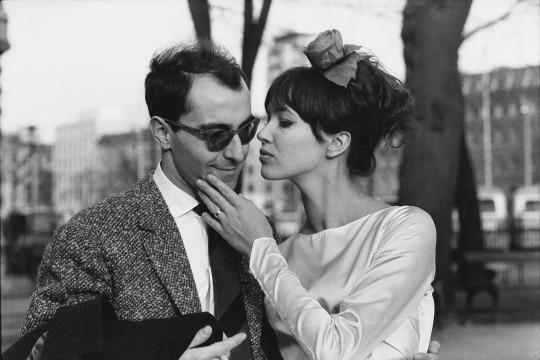
Karina served as a cinematic muse to Godard, appearing in eight of his films; during their five-year marriage and after. Karina liked being the muse, stating in 2016: "How could I not be honoured? Maybe it's too much, it sounds so pompous. But of course, I’m always very touched to hear people say that. Because Jean-Luc gave me a gift to play all of those parts. It was like Pygmalion, you know? I was Eliza Doolittle and he was the teacher."
Their contribution to the French New Wave and to cinema in general is widely acknowledged and well-regarded.
Karina was Ashlesha Venus (amatyakaraka), Punarvasu Rising with Ketu in Revati
Godard was Ashlesha Mars (amatyakaraka), Jupiter in Punarvasu (amatyakaraka) with Rahu in Revati
6. Monica Vitti & Michelangelo Antonioni

For 10 years, Monica Vitti was the muse and lover of Michelangelo Antonioni for almost a decade, starring in many of his most famous films, such as L’Avventura (1960), La Notte (1961), L’Eclisse (1962) & Red Desert (1964).
Vitti is Swati Sun with Ketu in Hasta
Antonioni has Hasta Sun, Mercury & Ketu along with his Venus in Swati
7. YSL & Paloma Picasso
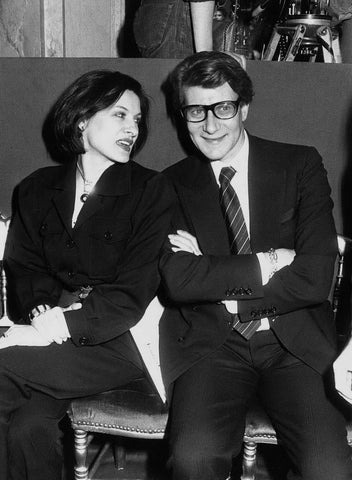
Yves Saint Laurent had many muses but perhaps his most overlooked muse is Paloma Picasso
Paloma Picasso was the muse, who originally inspired Saint Laurent’s ‘Scandal’ collection of ‘71, and his career-defining turn away from the perfectionism of couture to a different kind of empowerment of something more wild, free and personal.
YSL was Uttarashada moon (atmakaraka), Paloma had Uttarashada moon & jupiter (conjunct)
8. Hubert de Givenchy and Audrey Hepburn

Givenchy designed the iconic 'little black dress' worn by Hepburn in Breakfast at Tiffany's, which cemented the actress as one of the most stylish women of the 20th century.
"His are the only clothes in which I am myself. He is far more than a couturier, he is a creator of personality," said Hepburn. The Breakfast at Tiffany's dress also helped Givenchy gain worldwide recognition, and his intricate, feminine designs became the subject of adoration.
Givenchy is Shatabhisha Sun & Jupiter
Audrey is Shatabhisha Moon
9. Bob Mackie and Cher

Mackie is a costume designer. His work with Cher has a place in fashion history, from the sheer dress she wore to the 1974 Met Gala to the beaded see-through gown she wore to accept her Oscar in 1988 (let alone, designing hundreds of her costumes for The Sonny & Cher Show).
Mackie has Ketu in Bharani and Cher has Mercury in Bharani (amatyakaraka)
10.Jean Paul Gaultier and Madonna
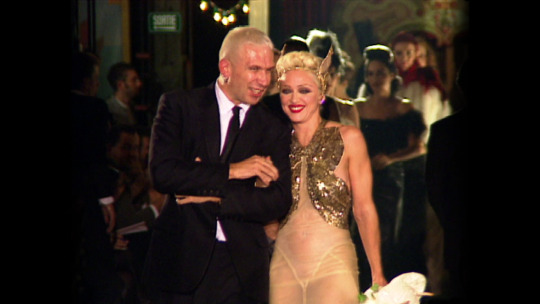
The cone bra—one of Madonna's most famous and recognised stage outfits from her Blonde Ambition tour—was created by Jean Paul Gaultier in 1990. The piece soon launched Gaultier's career, and solidified his relationship with the iconic performer.
Gaultier went on to design stage outfits for many of Madonna's concert tours, and she even made an appearance as a model in his spring summer '95 collection. After almost 30 years of friendship, they attended the 2018 Met Gala together (Madonna wearing one of Gaultier's designs, of course).
Gauthier is Bharani Moon & Madonna is Purva phalguni Moon & Rising
This is an example of Venus attracting & partnering with Venus.
11. Pedro Almodovar and Penelope Cruz

They've done numerous movies together in the last 25 years. They are both Punarvasu Moon
Almodovar is a Purvaphalguni Mercury (amatyakaraka) and Ketu and Penelope is a Bharani Sun, so this is yet another Venusian creative partnership.
When it comes to artist-muse partnerships, sharing Ketu/Venus to Sun/Moon/Rising aspects seems to be very common. Its also common to see artists and their muses share the same luminaries. We are inspired by people who project our qualities in different ways. there is a reason we are drawn to certain people and its always because of how subconsciously they remind us of ourselves.
social muses, trendsetters & it girls
I'm not going to mention Audrey Hepburn, Marilyn Monroe or Princess Diana because I feel like enough has been said about them.
There are some people who seem to inspire not just one person specifically but the tastes and culture of a whole era. They are tastemakers who set trends and are widely imitated and their influence has far reaching impact. They are "muse" to everybody.
Jackie O
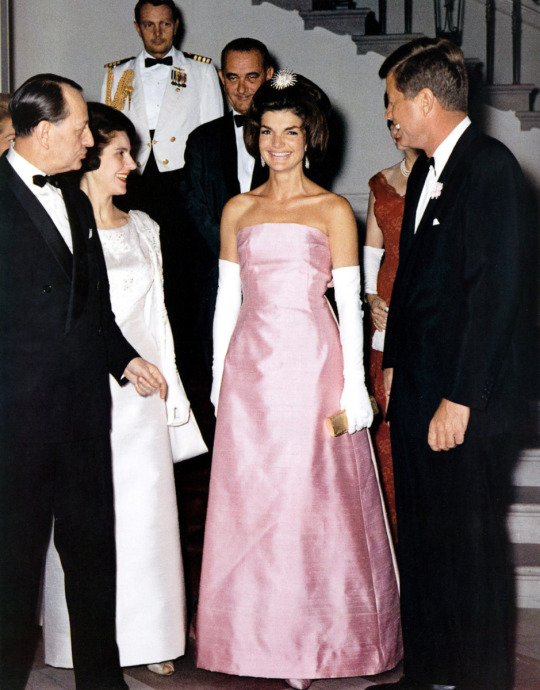
she is one of the most culturally influential people of the 20th century and defined her era (60s America) and is probably an early example of an "influencer", which is to say, people imitated her style, her manners etc
Jackie is Pushya Sun & Mercury, Aswini Moon, Ketu & Rising in Vishaka, Venus in Mrigashira atmakaraka.
2. Grace Kelly aka Princess Grace of Monaco

She is synonymous with elegance, flair and grace to this day and is widely regarded for her artistic success as well as her charitable endeavours. She is one of the most influential women in history.
She has Vishaka Sun (amatyakaraka) & Mars, Purvabhadrapada Moon, Swati Mercury, Ketu and Rising
3. Liz Taylor

Liz Taylor was known for her love of diamonds. She always dressed like a movie star, in very extravagant style with her plunging necklines, fur wraps, feather boas, and eye-catching headpieces. She was very glamorous
She was the first celebrity to have her own fragrance and thirty five years later, her perfume empire remains one of the most successful celebrity fragrance ventures of all time. White Diamonds is one the best selling celebrity fragrances in history. She paved the way for numerous others to follow in her foot steps, although not everyone has had her success.
She is Shatabhisha Sun & Mercury, Vishaka Moon, Jyeshta Rising along with Venus in Revati atmakaraka and Jupiter in Ashlesha amatyakaraka
4. Twiggy

She is the world's first supermodel. She is an important cultural icon and was the face of the Swinging Sixties in her babydoll dresses and mary janes.
She's Pushya Moon & Mars, and Punarvasu Rising
5. Diana Ross
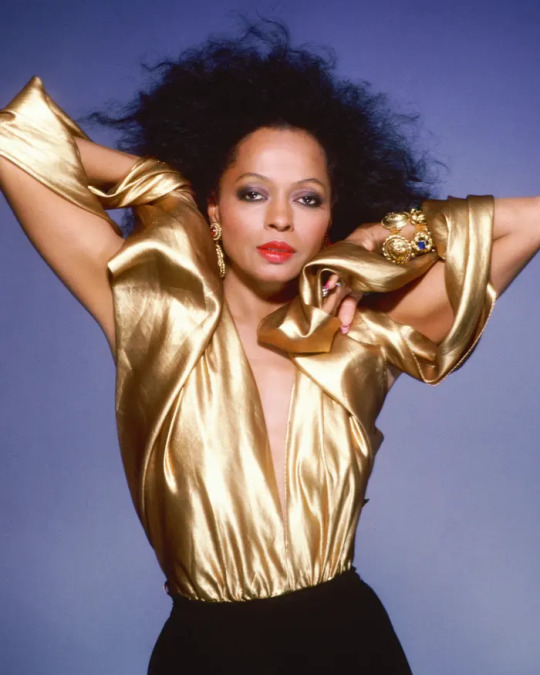
Miss Ross rose to fame as the lead singer of the girl group the Supremes, which became Motown's most successful act in the 1960s, and one of the world's best-selling girl groups of all time. After leaving the group in 1970, she launched a successful solo career, with many huge hits across the next couple of decades. She is known for her extravagant style and is a true 80s diva who blurred the lines between costumes and everyday clothing.
She is UBP Sun, Bharani Moon, Vishaka Rising
Mercury in Revati amatyakaraka and Jupiter in Ashlesha atmakaraka
6. Beyonce

Beyonce is one of the most influential women of the 21st century. Her impact on culture is immense and undeniable.
She is Purvaphalguni Sun, Vishaka Moon (atmakaraka) & Chitra Rising
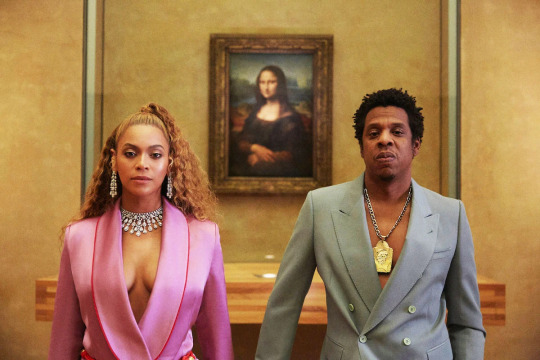
Bey & Jay have been each other's muses for a good while and have multiple albums inspired by each other. They are pop culture royalty.
Jay is Jyeshta Sun & Mercury (atmakaraka), Hasta Moon, Ketu & Rising in Purvaphalguni
7. Rihanna
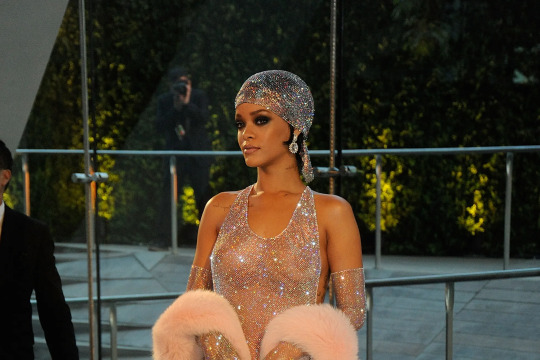
RiRi is one of the most iconic women ever.
Her music, looks, products, personality- everything about her is influential af. She's multi talented and has excelled in several fields.
She is a Revati Stellium (moon, venus (amatyakaraka) & rising)
8. Paris Hilton
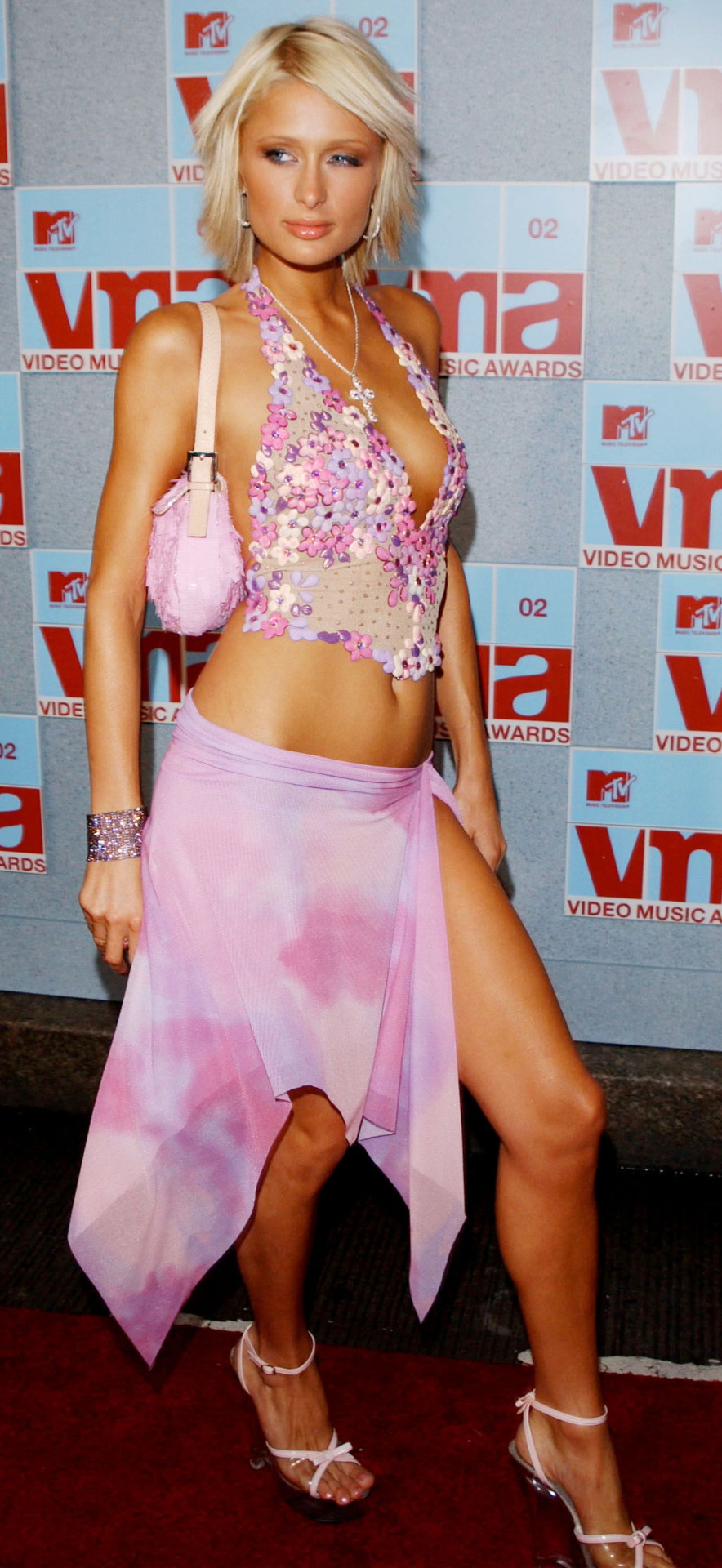
Probably the OG influencer. Paris defined her era (the 2000s) and has had a lasting impact on pop culture that needs to be studied. She was written out of her family will and built her own empire. She paved the way for all influencers.
Dhanishta Sun & Mercury, Pushya Moon & Jyeshta Rising
9.Kim & Kylie

I don't like them but to say they haven't had an impact on beauty/fashion/pop culture would be lying. I personally see it as a negative impact 😬 but its an impact nonetheless.
They normalized plastic surgery to such an extent that every other girl in the West and almost every famous woman at this point has fillers, botox, BBL or something done. They also paved the way for influencers entering the fashion world.
Kim is Chitra Sun, UBP Moon & Jyeshta Rising with Mercury in Vishaka amatyakaraka and Venus in Purva phalguni atmakaraka
Kylie is Ashlesha Sun, Swati Moon & Purva ashada Rising
She has Venus in Uttaraphalguni atmakaraka & Saturn in Revati amatyakaraka
10. Bella Hadid
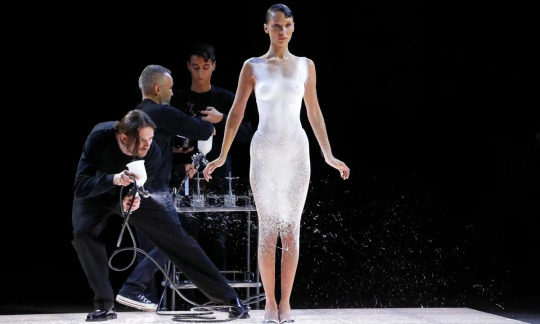
cannot talk about it girls and not mention Bella.
she's had such a massive impact on pop culture in the late 2010s & now in the 2020s. she made y2k style as popular as it is today and is probably the only true supermodel of our era.
She's Hasta Sun (amatyakaraka), Purva phalguni Moon & Rising with Ketu in UBP, Mars in Ashlesha atmakaraka

she's inspired practically The Weeknd's entire discography. He has Ketu in Ashlesha
it's interesting to me how all the Hadid siblings have inspired a lot of pop music. (Gigi with Zayn, Anwar with Dua Lipa etc)
11. Selena Gomez

Selena's inspired way too many heartbreak songs to not be on this list.
She's Pushya Sun & Rising with Aswini Moon with Ashlesha Mercury (atmakaraka) & Venus
There has been a lot of Vishaka women and Jupiter natives in general, Pushya ladies, Ketuvian (esp Aswini), Venusian influence and a lot of people with Ashlesha atmakaraka/amatyakaraka. Pisces influence and Jyeshta influence is also seen. Why are these planets/naks/rashis recurring?
Talking about people who have a very wide impact, it makes sense as to why Jupiter natives would be here; its expansiveness reaches everyone. In fact if you look at the era defining cultural figures of any decade, you will see a common Jupiter influence. This is also why Pisces rashi (Pisces is ruled by Jupiter) is so common in the world of art & entertainment.
Venusian placements are what creates trendsetters imo. Its what makes others imitate you and want to be like you.
Ashlesha natives dominate the entertainment sphere because entertainment and all art tbh, is in the simplest terms, manipulating others.
Pushya women inspire others with their feminine charms. Ketu being the root or the tail means that its very easy for others to project on to them. They lack identity on their own; its a very shadowy realm. This is what celebrities are to most people; you don't know them or understand them, which makes it easier to project onto them and love them for that illusion.
Jyeshta represents lack and in the world of influence, more than abundance, its that space of lack that makes it easier for people to add/built on to the persona they see of someone.
I'll make a part 2 sometime but for now this is it. I hope it was insightful.
#astrology notes#sidereal astrology#vedic astro notes#astrology observations#astrology#nakshatras#astroblr#astro observations#vedic astrology#astro notes#jyeshta#muses#pisces#pushya#venus#aswini
308 notes
·
View notes
Text
For that cunty little curtsy alone, she should get a nom!
15 notes
·
View notes
Note
little bits of propaganda for claude rains!
-was good friends with bette davis! she called him her favorite male costar and they worked on four films together. also, she had a FAT crush on him and she visited a lot!
-speaking of where he lived, claude owned and worked on farms! he was proud to grow and cultivate land, often restoring and preserving whatever he could and loved the history behind things! he raised cattle, grew crops, and tilled the land himself
-is literally the wikepedia subject for the term 'character actor' - he said it himself on his versatility as an actor, saying "i can play the butcher, the baker, and the candlestick maker
-eleanor roosevelt saw him in 'darkness at noon' on broadway and personally praised him for his performances
-he served in ww1 and was gassed, resulting in 90% blindness in his right eye and damaged vocal chords - giving him his signature voice
-was nominated for 4! academy awards for best supporting actor and also won a tony for best leading actor in a play
-taught at the royal academy for dramatic art, teaching students like john gielgud and sir laurence olivier
-was cast in the invisible man soley on his voice, to quote director james whale, "i don't care what he looks like, i just want that voice!"
-depending on who you ask, he was the first actor to receive a million dollars for a role (as well as risking his life traveling overseas to england during ww2 for filming on 'caesar and cleopatra'
-claude probably worked with your favorite star! his list of co-stars was endless and included people such as bette davis, james stewart, humphrey bogart, paul henried, gloria stuart, basil rathbone, cedric hardwicke, errol flynn, cary grant, ingrid bergman, ronald reagan, and paul muni to name a few.
all in all, i'm pledging my vote for claude rains!!
Hi, thank you for the Claude Rains propaganda!
Friendly reminder to please try to keep things focused on actors TV careers as this is a TV focused competition. Sharing about an actors life is great but we like to steer things away from talk of their movie, theater, or music career and focus on what makes them a hot television star!
- mod vintage
10 notes
·
View notes